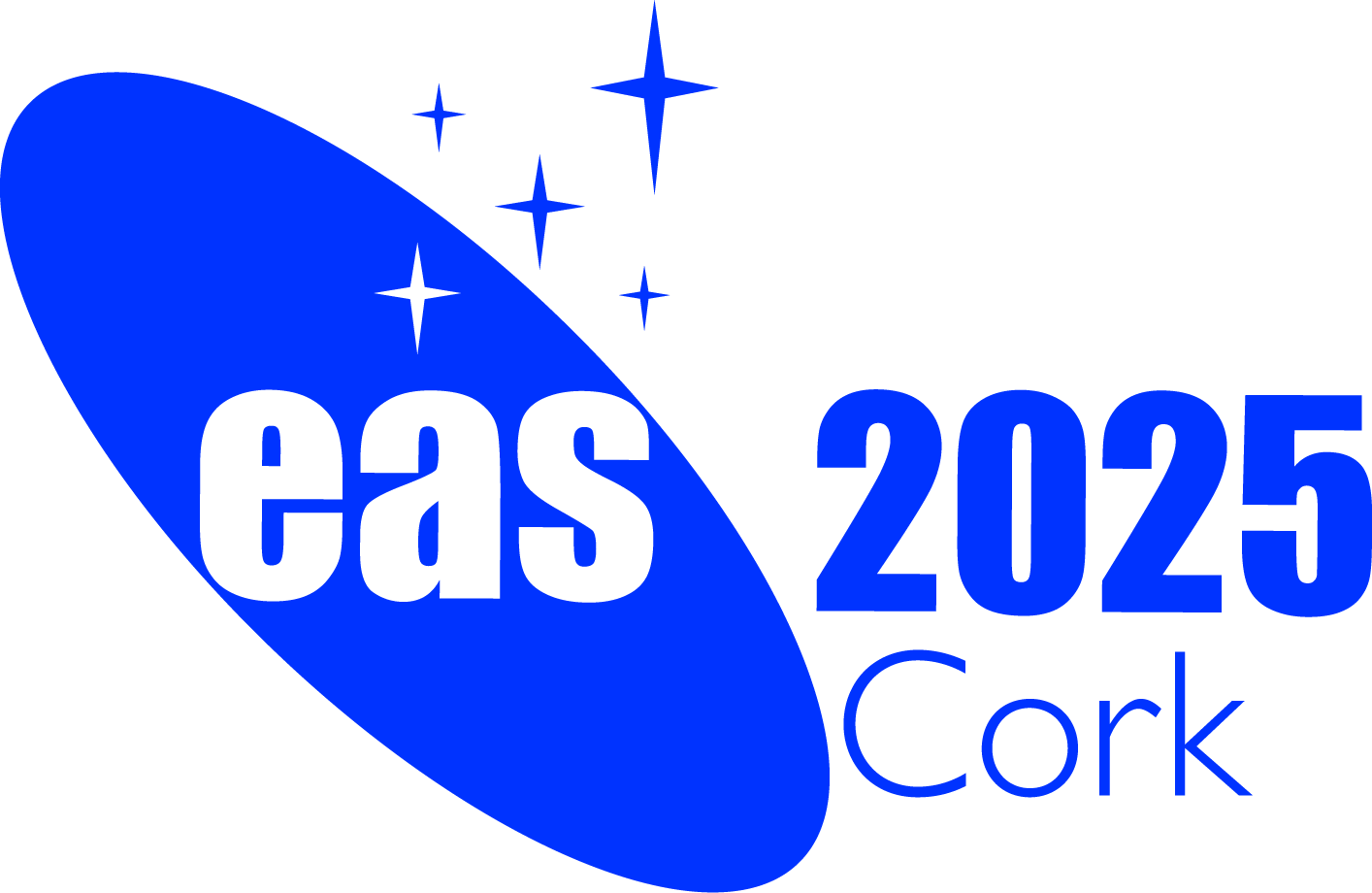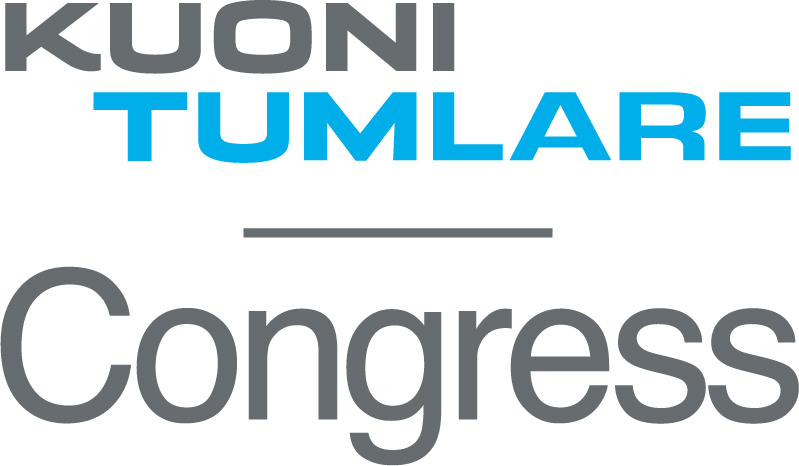Special Session SS19
24 June 2025
Galaxies and ICM across the protocluster to cluster transition

Aims and scope
Galaxy clusters are the biggest nodes of collapsing structures in our Universe. Their extreme environment has long been known to have significant impact on their galaxy populations at present day. However, the formation and evolution of these structures stretches far back in cosmic time. At z~2, large-scale protocluster structures collapse to form the first established galaxy clusters. This transition regime is a critical phase in the evolution of both cluster galaxy populations and the intra-cluster medium (ICM), but it is still far from being well understood in its full complexity and diversity.
In clusters beyond z~1.5, widespread star-formation activity has often been revealed even deep into the cluster core, in stark contrast with the ubiquitous suppression of star formation characterizing clusters up to z~1. At the same time, some examples of very distant clusters already showing a significant suppression of star formation in their central regions, testify to a seemingly vast diversity of early cluster environments and of their evolutionary paths.
At the same cosmic epoch, infall and accretion of diffuse gas from surrounding filaments, mergers with substructures and feedback from active galactic nuclei (AGN) hosted in cluster galaxies and in the forming BCG, make for a stormy build-up of the ICM.
Observing directly these cluster progenitor environments yields crucial insights on the early phases of the formation of galaxy clusters, and in particular of their ICM and galaxy populations, which are not biased or diluted by subsequent evolution as those inferred from observations at later epochs. All major observing facilities across the spectrum, as well as most cosmological simulations, have joined efforts in investigating how clusters - and their constituents - emerge from the cosmic web.
Programme
This special session is explicitly focused on the transition between the z>2 regime dominated by sparse, large-scale protocluster structures, and the first established clusters at z~1-1.5.
Observers and theorists will gather to discuss recent developments on:
- the evolution of cluster progenitor environments in the redshift range z~1-3
- the formation and early evolution of the ICM
- the evolution of galaxy populations across the protocluster to cluster transition
- the interaction between galaxies and the proto-ICM
- the comparison and synergy of observations and simulations
Invited speakers
- Stacey Alberts (University of Arizona, USA)
- Yannick Bahé (University of Nottingham, UK)
- Jake Bennett (Harvard University, USA)
- Emanuele Daddi (CEA Saclay, France)
- Adam Muzzin (York University, Canada)
- Rhea-Silvia Remus (Ludwig Maximilian University of Munich, Germany)
- Paolo Tozzi (INAF Observatory of Arcetri, Italy)
Scientific organisers
- Michael Balogh (University of Waterloo, Canada)
- Helmut Dannerbauer (Instituto de Astrofísica de Canarias, Spain)
- Luca Di Mascolo (Kapteyn Astronomical Institute, Netherlands - co-Chair)
- Anthony Gonzalez (University of Florida, USA)
- Elena Rasia (INAF Osservatorio Astronomico di Trieste, Italy)
- Rhea-Silvia Remus (Ludwig-Maximilians-Universität München, Germany)
- Veronica Strazzullo (INAF Osservatorio Astronomico di Trieste, Italy - Chair)
- Tao Wang (Nanjing University, China)
Contact
veronica.strazzullo @ inaf.it , l.di.mascolo @ astro.rug.nl
Updated on Thu Feb 27 15:22:52 CET 2025

 A power cut will shut down all EAS services on Tuesday, 10 January 2017 starting at 7:30 CET.
A power cut will shut down all EAS services on Tuesday, 10 January 2017 starting at 7:30 CET.

